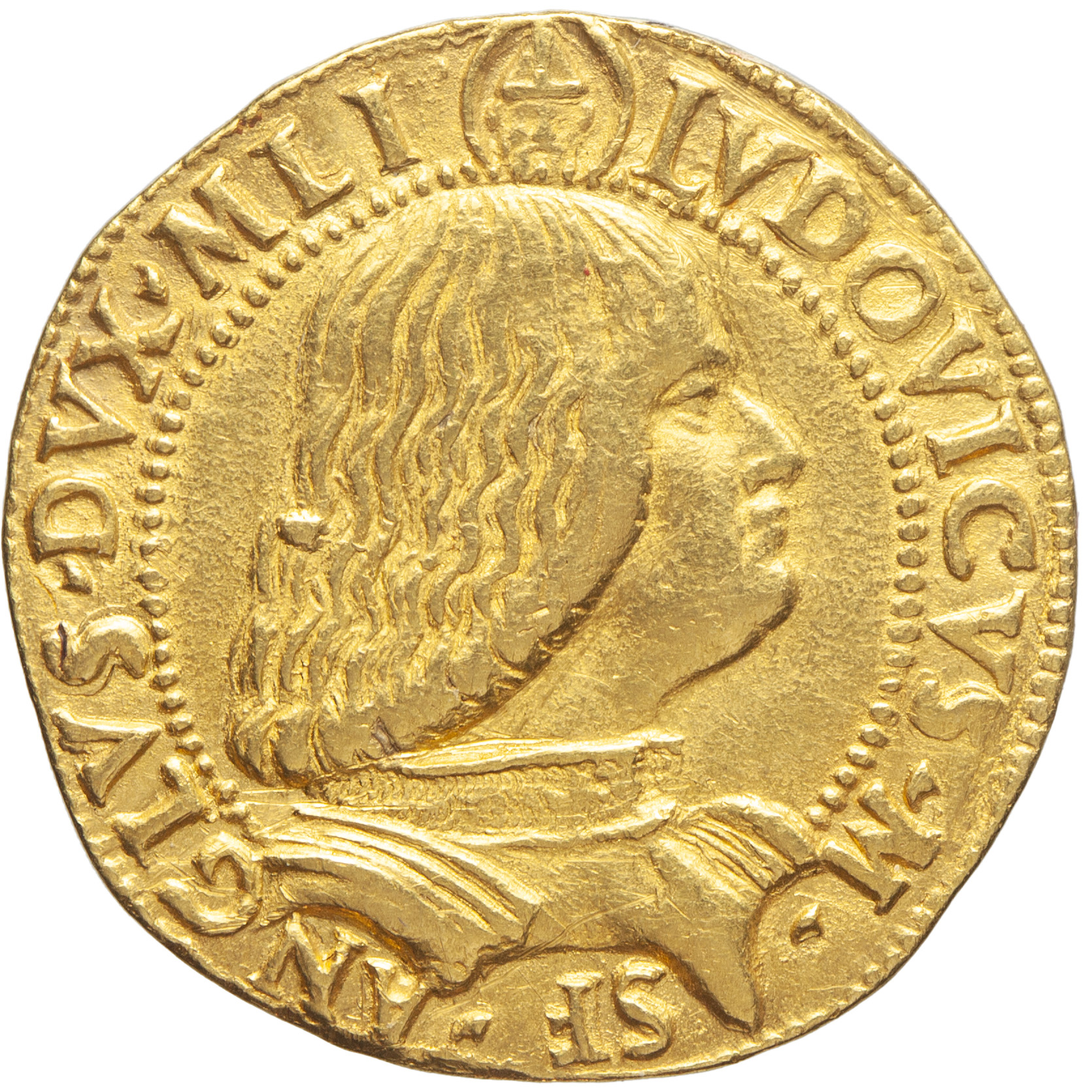The portrait on coins is associated with the late 16th century Renaissance, when the prerogative of sovereignty was joined by physiognomic verisimilitude, preferably in profile because it offered greater possibilities for characterisation. In many cases we know that the portraits were drawn from life. The coin as a realistic image of power changed its meaning in the mid-15th century, meeting a new concept of the individual, of a seigniorial patronage that had funds, courts and artists, and for which also the coin became an image medium now increasingly available for several fundamental reasons: the objective wealth available, and even more perhaps the need to show it by manifesting the face of the lord in new and personal forms. The diameter of the coins became progressively larger and was used to represent the princes and their “imagery”. The new lords demonstrated wealth in their robes, their palaces, their artistic commissions with an ante-litteram consumerism, and showed themselves on medals and then some on coins as kings and emperors.
The web-only auction dedicated to Coins that will end on 16 June will feature a double gold ducat with the effigy of Gian Galeazzo Maria Sforza (lot 26, estimate €30,000 – €35,000) and Ludovico Maria Sforza known as the Moor (lot 27, estimate €22,000 – €28,000) that represent the perfect synthesis between physiognomy – i.e., the imitation of individual features for a realistic portrait – and physiognomy – which characterises the psychological expression. Two of the most beautiful and coveted coins ever, reflecting the strong character of both, and which must rightfully enter the collection of every coin collector.

Lot 26
Italian mints. Milan.
Gian Galeazzo Visconti (1476-1494). Double Ducato
Gold, 6.96 gr, 28 mm. SPL
Estimate € 30,000 – 35,000

Lot 27
Italian mints. Milan
Ludovico Maria Sforza (1494-1500). Double Ducato
Gold, 6.97 gr, 25 mm., SPL
Estimate € 22,000 – 28,000

